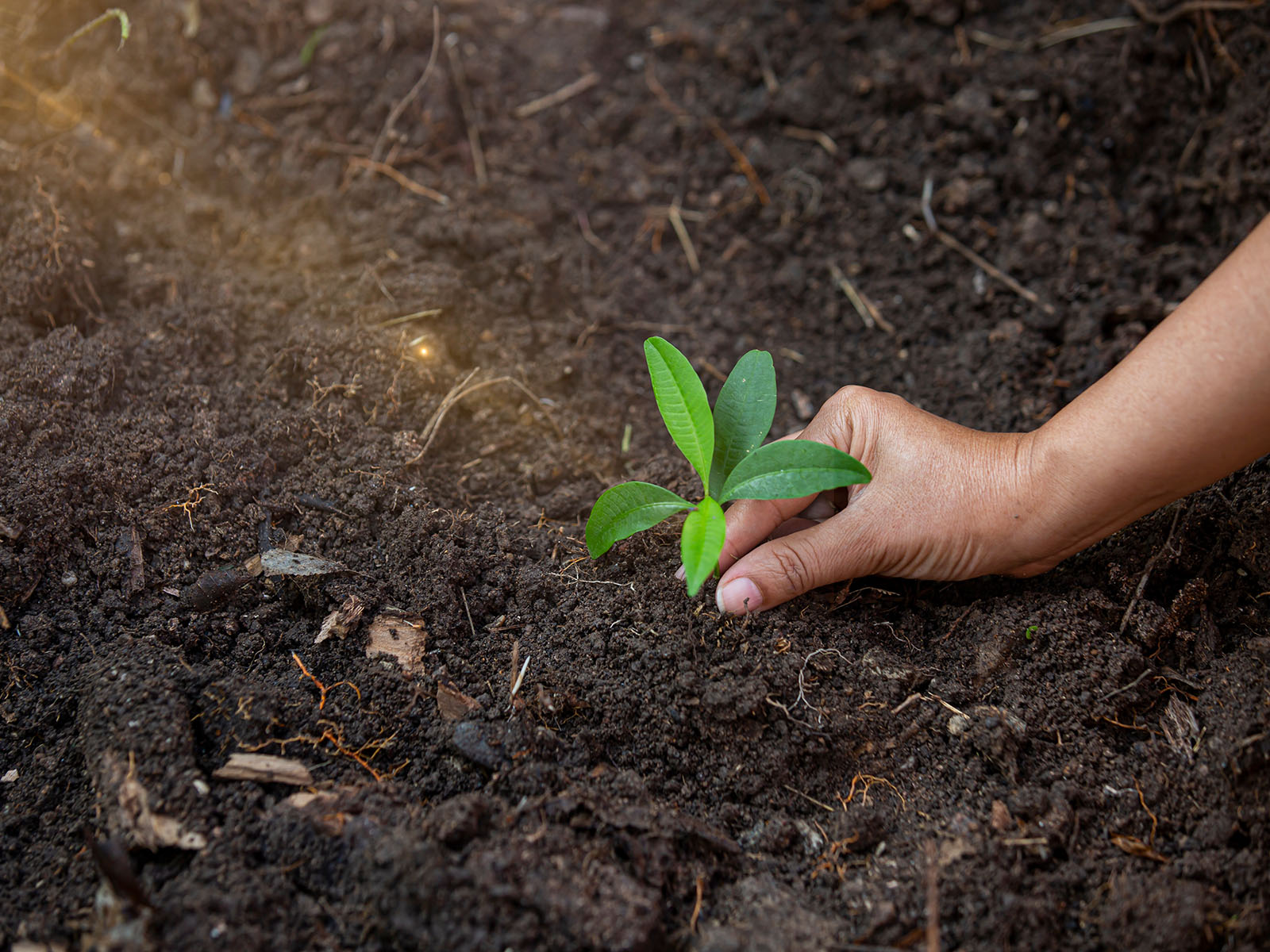Today, on the 5th of June, we celebrate World Environment Day. It’s a day to learn about the environment, participate in conservation activities, and discuss new green alternatives and technologies.
Over the past five decades, the day has become one of the largest global platforms for environmental outreach. Environment Day is the United Nations’ most important platform for raising awareness about the environment, and it aims to highlight ways in which individuals, communities, and organizations can contribute to a sustainable future.
Each year, a different country hosts World Environment Day, and the chosen theme revolves around pressing environmental issues that demand immediate attention. This year’s themes are land restoration, desertification, and drought resilience.
Understanding Desertification: Causes and Impact
The UN has been fighting desertification since 1994. Large areas of the planet are being desertified at an accelerated rate due to human activity and climate change, and it is now considered one of the world’s major environmental problems.
Human activities, including deforestation and the overexploitation of aquifers (underground layers of water-bearing rock or sediment that hold and transmit groundwater), accelerate desertification. The effects of climate change, which humans also drive, must be added to this. As global temperatures rise and the human population expands, more of the planet is vulnerable to desertification.
According to the UN, more than 24 billion tons of fertile soil disappear yearly. Today, two-thirds of the Earth is undergoing a process of desertification. If no action is taken, 1.5 million km2 of agricultural land, an area equivalent to the entire farmable land of India, which is essential for maintaining biodiversity and feeding the population, will be lost by 2050.
The Importance of Land Restoration
That brings us to land restoration, the protection and revival of ecosystems worldwide. Rehabilitation and restoration approaches can help restore ecosystem services lost due to desertification. Land restoration is the ecological restoration of a site to a natural landscape and habitat that is safe for humans, wildlife, and plant communities.
Examples of actions to restore and rehabilitate ecosystems include:
- establishing seed banks
- reintroducing selected species
- countering erosion through terracing and other measures
- enriching the soil with nutrients
- planting trees.
Drought Resilience: Preparing for a Water-Scarce Future
When discussing desertification, it’s also essential to address drought resilience. A drought is generally defined as a period of below-average precipitation in a given region, resulting in prolonged shortages in water supply. Droughts can last months or years and majorly impact the environment, ecosystem, and agriculture.
Drought resiliency prepares communities for future droughts by giving them the means to endure, withstand, and recover from these events. Strategies to conserve water, access new water sources, and manage drought on a watershed level can help communities become more resilient.
How You Can Participate in World Environment Day 2024
Major corporations, non-governmental organizations, communities, governments, and celebrities worldwide have adopted the World Environment Day brand to champion environmental causes.
The question is, how can you get involved in World Environment Day 2024?
Here are some meaningful ways to get involved:
- Organize or Participate in Community Events: You can, for example, join local environmental initiatives like clean-up campaigns or tree-planting drives.
- Reduce, Reuse, Recycle: Adopt sustainable practices in your daily life. Minimize waste generation, opt for reusable alternatives, and separate recyclable materials to reduce your ecological footprint.
- Conserve Water and Energy: Be mindful of your water and energy consumption.
- Support Sustainable Food Choices: Opt for locally sourced, organic, and sustainably produced food, reduce meat consumption, and choose plant-based alternatives.
- Advocate for Policy Changes: You can, for example, join environmental organizations that work towards influencing policy decisions for a greener and more sustainable future.
- Connect with Nature: Spend time in nature to develop a deeper appreciation of the environment. Visit parks, forests, or beaches, and engage in activities that promote conservation and environmental stewardship.
Altum Technologies’ Commitment to Sustainability
For Altum Technologies, it’s essential to participate in raising awareness for this important occasion. Our primary focus in all our operations is to develop solutions that enable our customers to reduce their environmental footprint, and according to our ESG commitments, we strive to reduce our own climate and ecological impacts as well. This year’s theme is also very important to us, as one of the applications and benefits of our solution is to lower water consumption and enable more efficient water recycling.
World Environment Day serves as a reminder that the well-being of our planet is in our own hands. We must act now to protect our ecosystems, reduce greenhouse gas emissions, and promote sustainable practices in every aspect of our lives. Together, we can create a greener, healthier, and more sustainable planet for future generations.
Remember that every small action counts. Whether it’s making simple changes in your daily habits, advocating for policy changes, or actively participating in community initiatives, your efforts can make a significant difference in preserving our environment. Quoting a popular World Environment Day slogan: Small Steps, Big Impact.
If you want to hear how Altum can support you in transforming your processes towards a more sustainable direction, don’t hesitate to contact us!
Remember to follow us on LinkedIn to stay tuned for our upcoming updates and insights.

